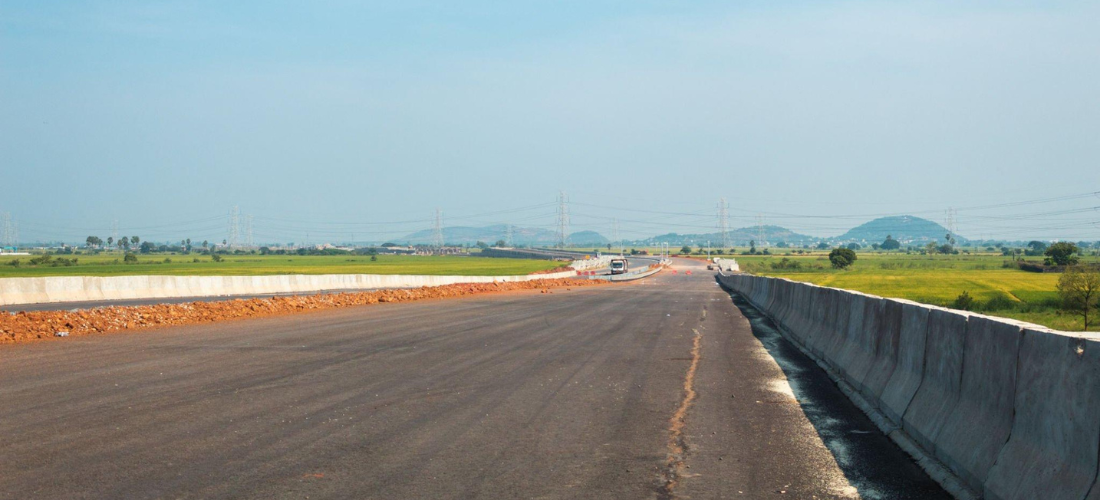Highways play a critical role in connecting cities and facilitating efficient transportation. To ensure smooth and safe travels for motorists, proper highway maintenance is essential. In this comprehensive guide, we will explore the importance of highway maintenance and the key aspects involved in keeping our roadways in optimal condition.
Regular Inspections:
Transportation authority’s conduct comprehensive inspections to assess the condition of the roadway, identify potential hazards, and detect signs of wear and tear. These inspections help in early detection of issues and enable timely intervention to prevent major problems.
Surface Repairs:
One of the primary aspects of highway maintenance is addressing surface damages. Over time, highways may develop potholes, cracks, or uneven surfaces, which can pose risks to drivers. Surface repairs involve activities like pothole patching, crack sealing, and resurfacing. By promptly addressing these issues, highway maintenance professionals ensure a smoother and safer driving experience for travellers.
Pavement Preservation:
Pavement preservation is a proactive approach aimed at extending the lifespan of highways. It involves applying treatments and sealants to protect the pavement from deterioration caused by weather, traffic, and other factors. This preventive maintenance technique helps in minimizing the need for major repairs and extends the overall life of the roadway.
Drainage Maintenance:
Proper drainage is crucial for highway safety and longevity. Highway maintenance includes regular inspections and maintenance of drainage systems to prevent water accumulation and subsequent damage to the road surface. Clearing debris, ensuring proper flow, and repairing drainage structures are essential for maintaining a safe and functional highway.
Signage and Road Markings:
Highway maintenance professionals ensure that signage and road markings are clear, visible, and properly positioned. This includes maintaining and replacing faded or damaged signs, repainting road markings, and installing reflective materials for enhanced visibility at night. Well-maintained signage and road markings contribute to driver safety and effective traffic management.
Guardrail and Barrier Maintenance:
Guardrails and barriers are critical safety features along highways, protecting motorists from roadside hazards and preventing vehicles from crossing medians or colliding with obstacles. Regular inspections and repairs of these safety structures are essential to ensure their effectiveness. Maintenance professionals identify damaged sections, replace or repair guardrails, and address any safety concerns promptly.
Lighting and Electrical Systems:
Highway lighting plays a vital role in enhancing visibility, especially during night-time travels. Highway maintenance involves regular inspection and maintenance of lighting fixtures and electrical systems. Ensuring that lights are functioning properly and replacing faulty bulbs or damaged wiring helps maintain optimal visibility and promotes safer driving conditions.
Conclusion:
Highway maintenance is essential for ensuring smooth and safe travels for motorists. Regular inspections, surface repairs, pavement preservation, drainage maintenance, proper signage and road markings, guardrail and barrier maintenance, and lighting and electrical system upkeep are all crucial aspects of highway maintenance. By prioritizing these maintenance activities, transportation authorities can enhance driver safety, minimize disruptions, and extend the lifespan of our valuable road infrastructure. So, let’s appreciate the efforts put into maintaining our highways and drive with confidence, knowing that our journeys are smoother and safer due to effective highway maintenance.

